In Pandemic, Green Doesn’t Mean «Go.» How Did Public Health Guidance Get So Muddled?
Enlarge this image
A mid-April sign in Philadelphia reminds passersby that current social distancing measures are for their own good.
Cory Clark/ NurPhoto via Getty Images
hide caption
toggle caption
Cory Clark/ NurPhoto via Getty Images
Caleb Furnas tripped over the dog leash and sustained a concussion while strict stay-at-home orders were in effect in Pennsylvania. His wife Tess Wilkinson-Ryan says she was so confused by the mixed messages from various public officials, she didn’t know whether to take him to the hospital or not.
Tess Wilkinson-Ryan
hide caption
toggle caption
Tess Wilkinson-Ryan
Burnett, for instance, has decided that during the pandemic she can take her son to get his hair cut outside, on the barber’s front porch. The barber always wore a mask and took the virus seriously, so when the barbershop reopened, she felt comfortable taking her son there.
But she’s not comfortable with many of their other typical summer activities, like going to the zoo, amusement parks, or outdoor restaurants. If she can’t predict how a crowd of strangers will act, she’s not taking the risk.
But that’s how Burnett figured it out. It’s easy to imagine someone else, confronted with the same choices, coming to the opposite decisions: skipping the close contact of the haircut, but hitting the zoo because it’s outside.
«It’s sort of like asking everyone to decide their own speed limit based on, like, the make and model of their car,» says Wilkinson-Ryan, or telling them to «‘think about who you’re gonna drive with, think about the importance of your destination. Good luck!'»
Because one person’s idea of «careful» in a pandemic is different from another’s, she says, the most helpful instructions are those that are clear and specific: designating maximum capacities in public spaces; using marks on the ground to denote six feet of distance; issuing specific instructions for people on how often they should go grocery shopping.
Otherwise, people are likely to come to different conclusions based on the same information, which in turn, leads to public shaming. And that has its own risks.
«When someone gets angry, they shut down to new information. They react and simply do what they want to do,» says Ellen Peters of the University of Oregon. «I could see where you could get much worse health behaviors from shaming other people.»
Peters pointed to photographs of people on beaches, which then were circulated online and used by some to publicly shame the beach-goers. The perspective of some of the photos, though, may have made beaches look more crowded than they were. «Maybe in reality, people are pretty far apart,» she says, «and they’re outdoors.»
Wilkinson-Ryan explain that shaming can occur naturally, when there’s a lack of cultural norms in a new and changing environment.
When people are overburdened with decisions, shaming also provides a cognitive shortcut.
«It’s easy and salient to think about what people in my neighborhood are doing wrong,» says Wilkinson-Ryan. «They’re sitting at the park, they’re playing, they’re touching each other. That’s an availability bias: it comes easily to mind because it’s part of my everyday life. You tend to place blame on the causes that come to mind quickly and easily.»
But when people spend a lot of energy blaming or shaming their neighbors, it distracts from another goal: holding state legislatures, Congress, and the president accountable for managing the pandemic.
Other countries managed to avoid these issues to some degree because they had coordinated federal responses. National messaging meant there was no need to deputize hundreds of local health officials to distribute hyperlocal and often conflicting messages.
«It really is kind of ridiculous, that idea of asking all of these people to come up with their own experts and their own way of guiding behavior in the states or cities, rather than having the experts in the country come together and decide what is the best guidance for all of us and having the politicians stick with that,» says Peters.
To streamline her own decision-making, Peters says, she adopted a approach that she calls the «What Would Anthony Fauci Do?» approach.
But that’s just her. When everyone chooses their own way to navigate — whether that’s by map, pole star, dowsing stick or gut instinct — people are bound to crash into each other.
This story comes from NPR’s reporting partnership with WHYY and Kaiser Health News.
- health communications
- quarantine shaming
- phased shut downs
- social distancing
Обсудим?
Смотрите также:

